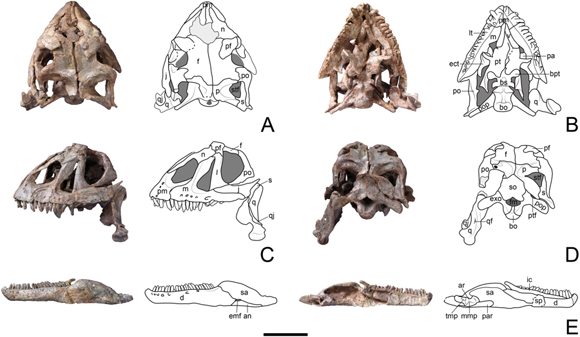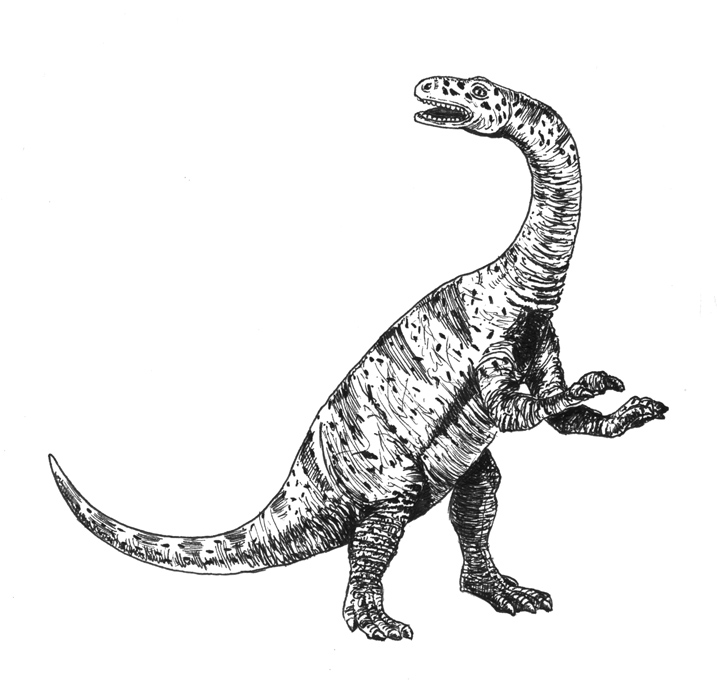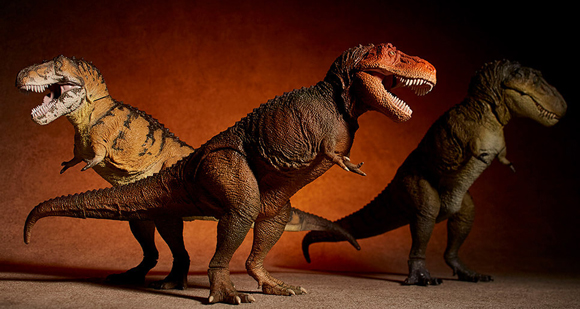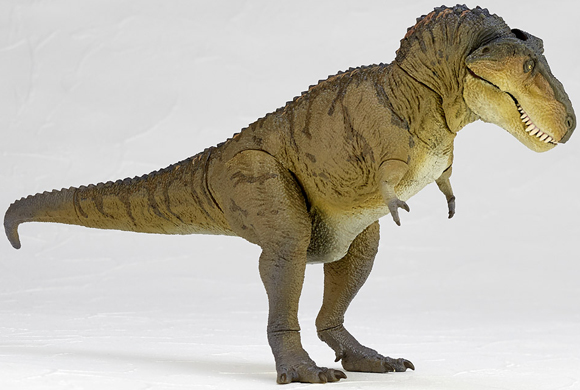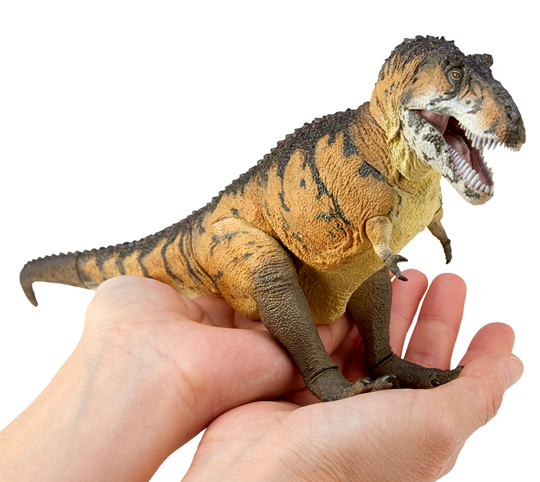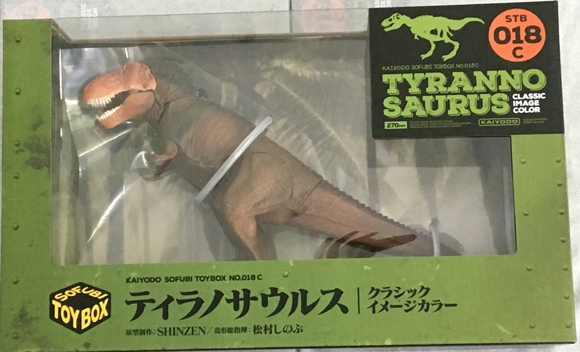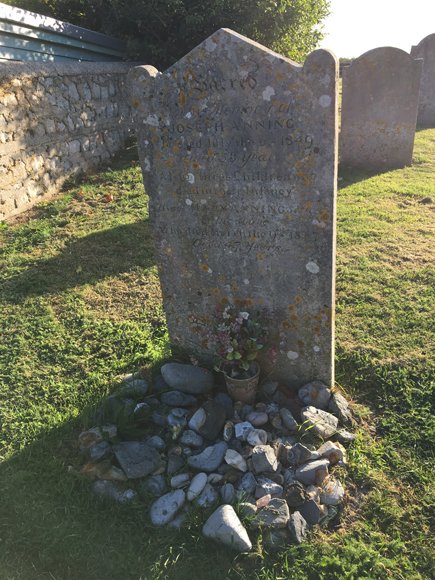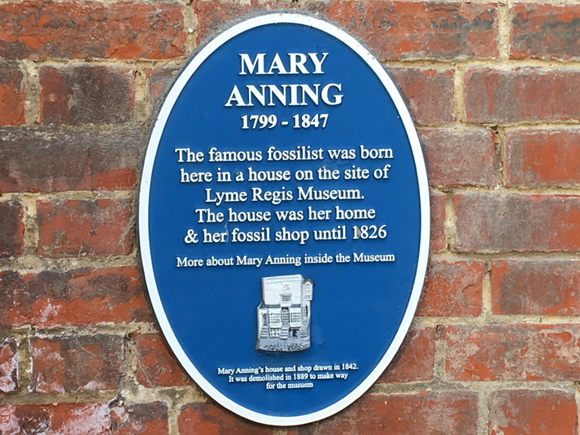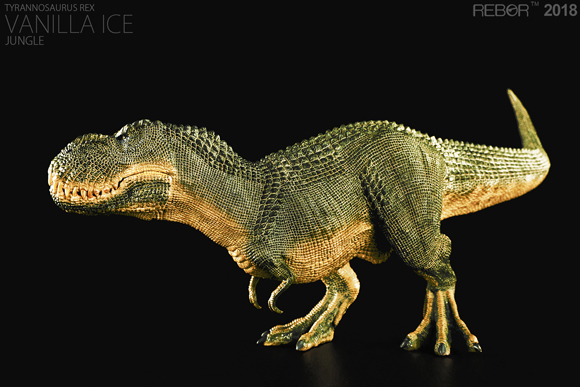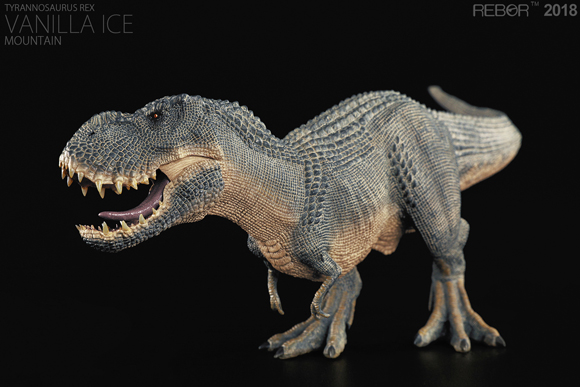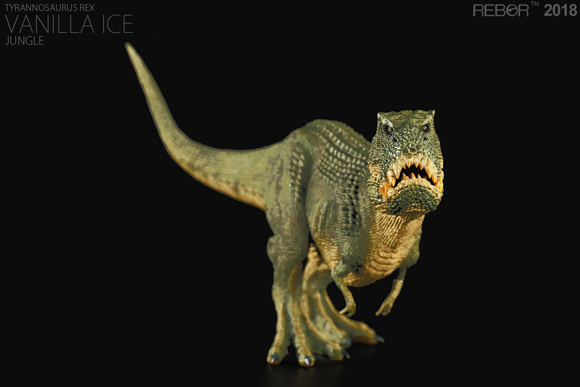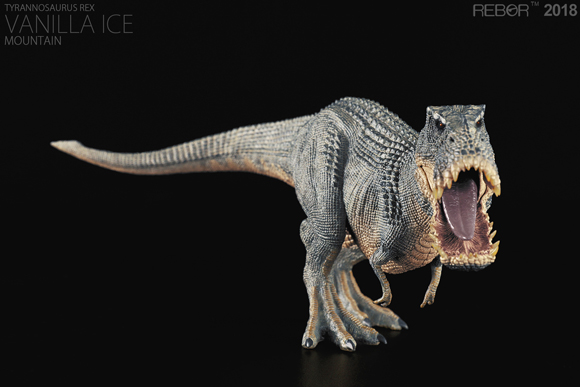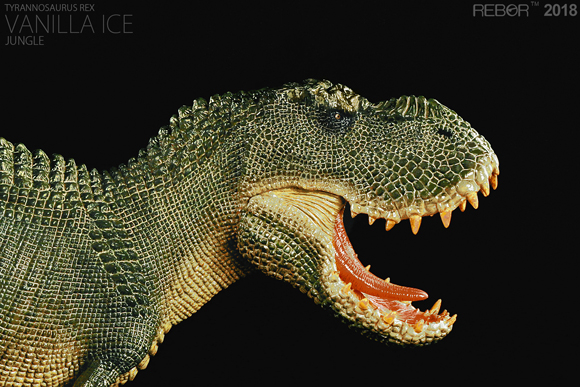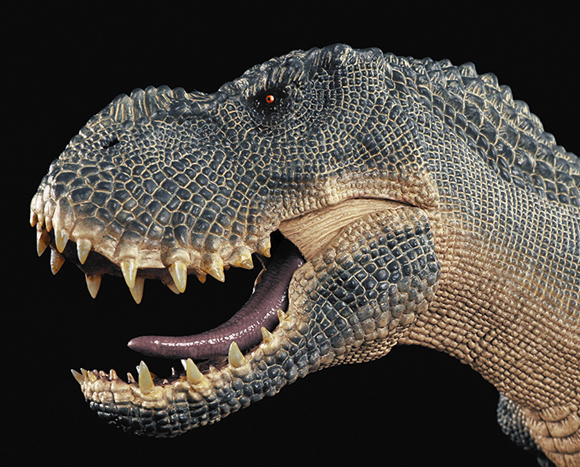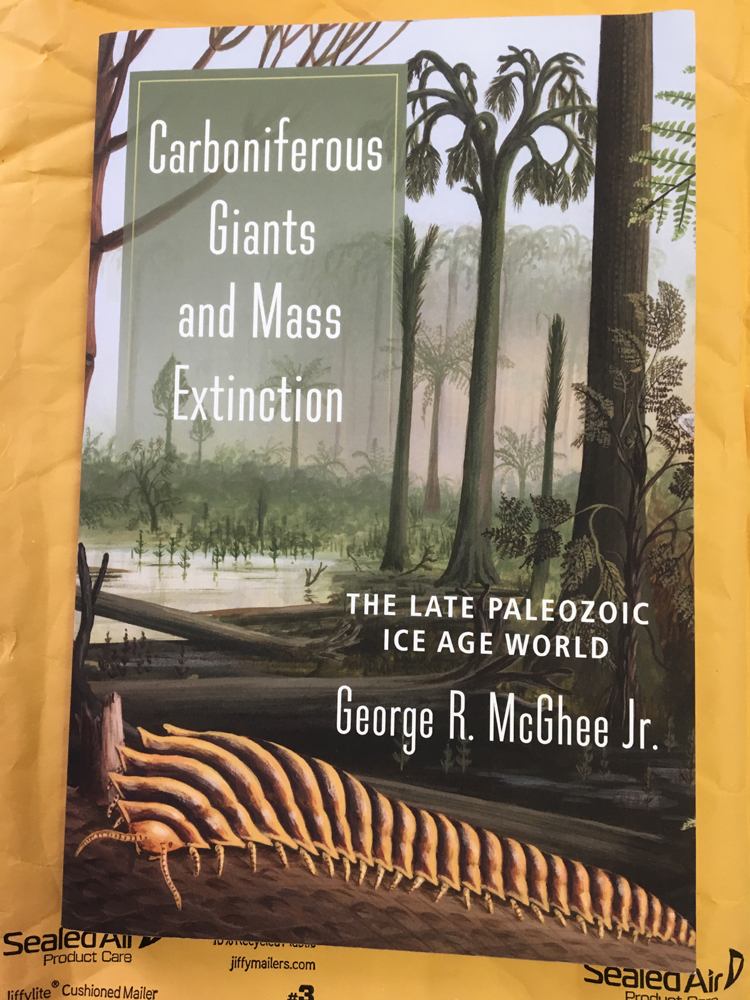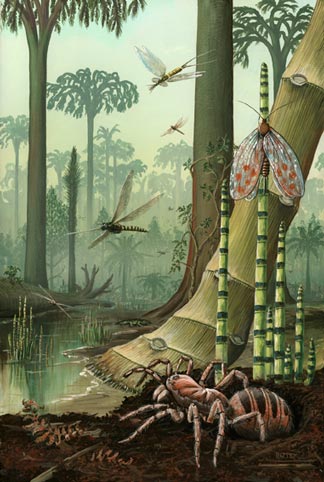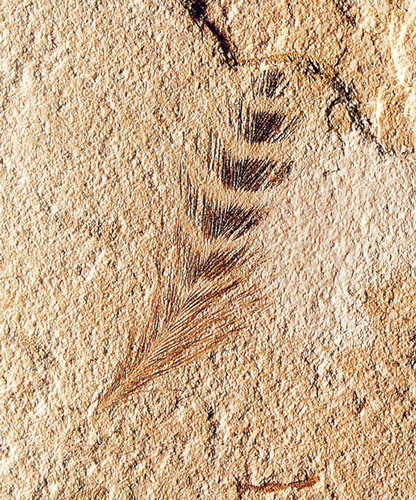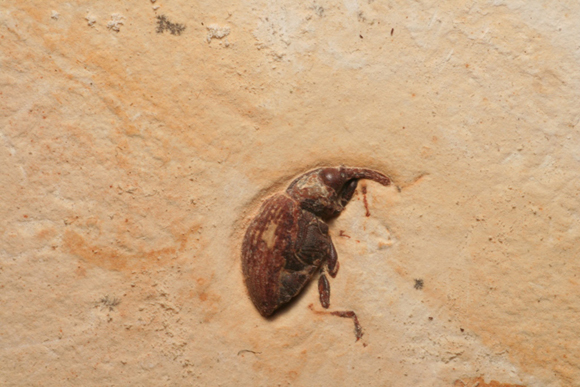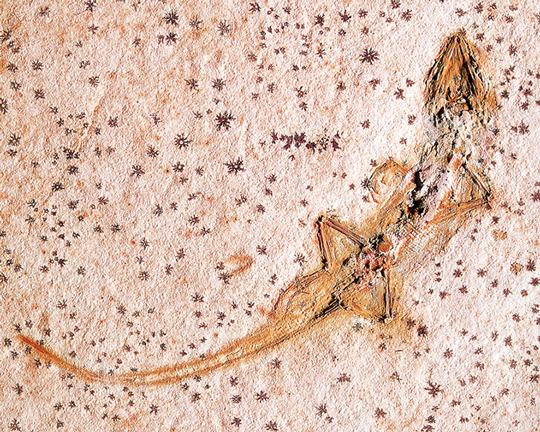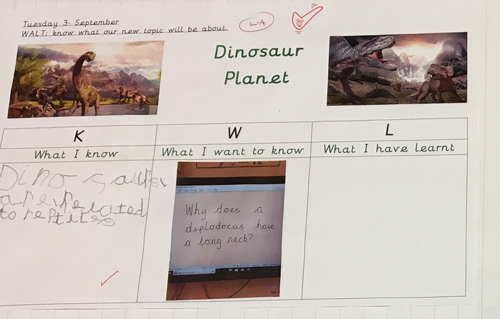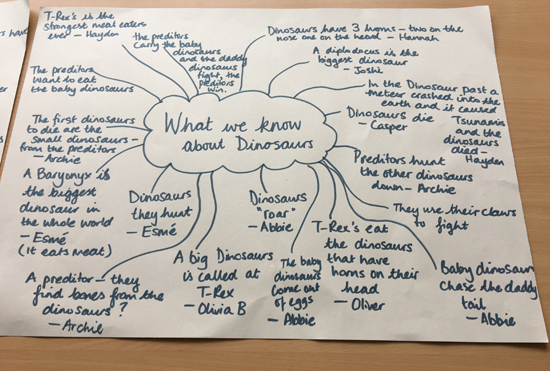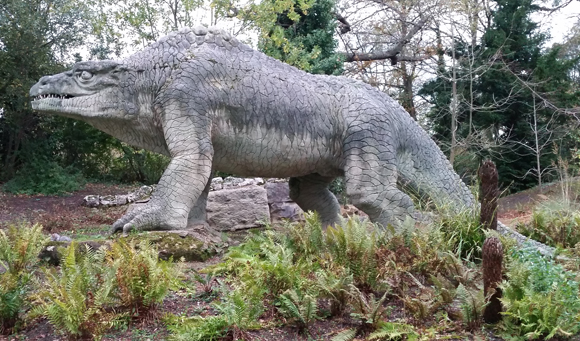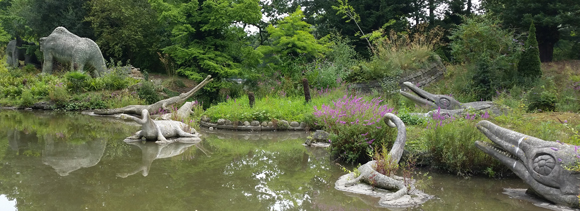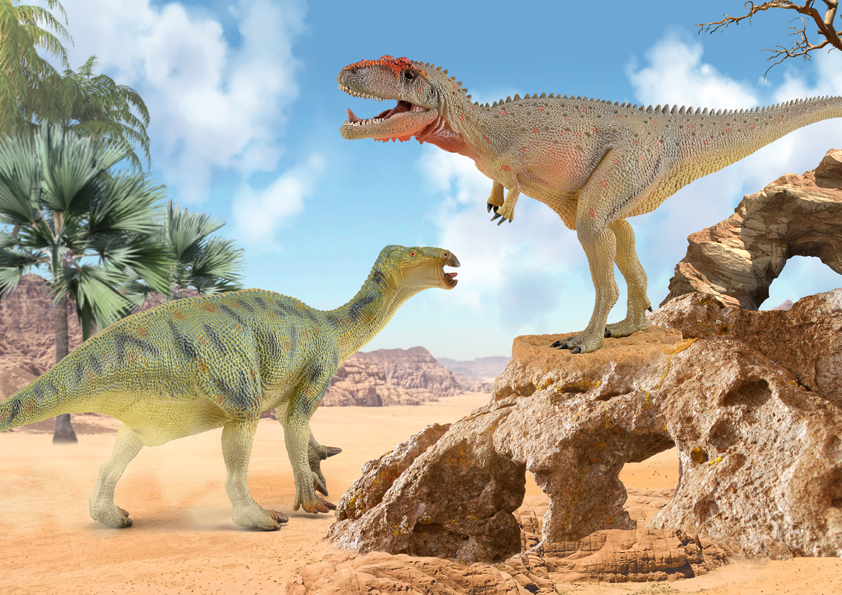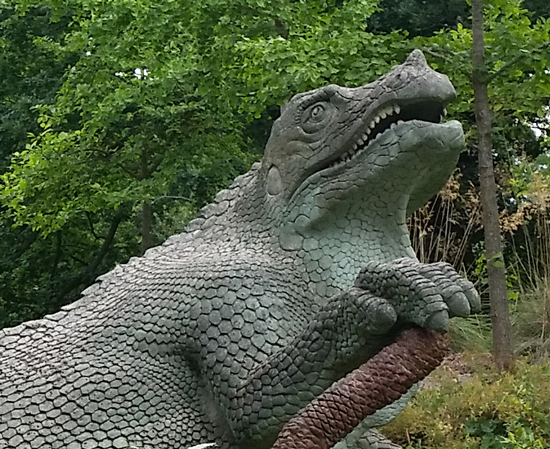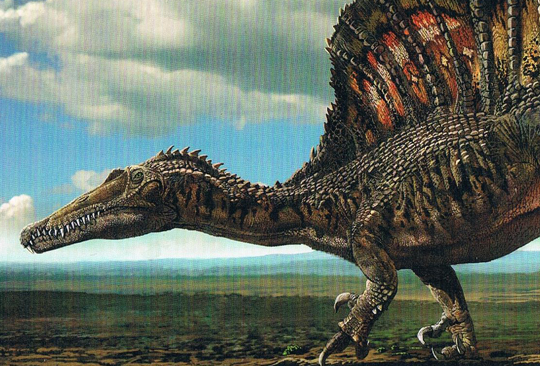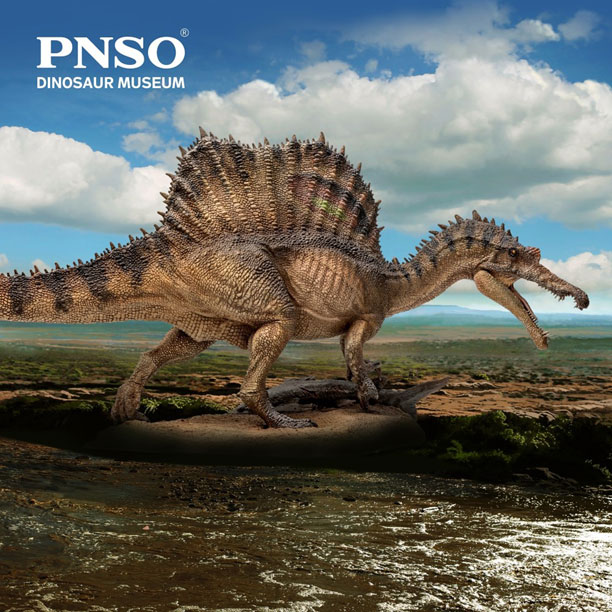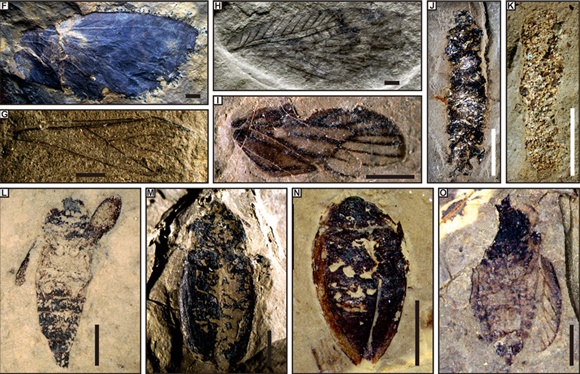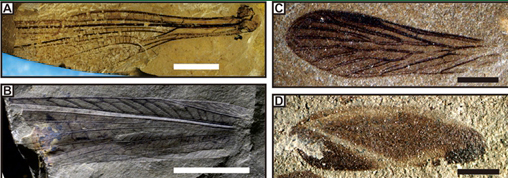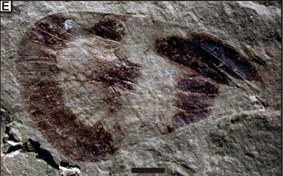Yizhousaurus Helping to Give Sauropod Evolution a “Head Start”
Yizhousaurus sunae – Chinese Dinosaur May Help Unlock Key to Giant Dinosaur Evolution
A newly described long-necked dinosaur that once roamed south-western China during the Early Jurassic is helping palaeontologists to better understand the development of a dinosaur lineage that was to lead to the evolution of the largest land animals that ever lived. The dinosaur, named Yizhousaurus sunae with its three-dimensional, well-preserved skeleton and undistorted skull provides new data on how the sauropod dinosaurs were able to achieve a giant body size.
This dinosaur lived approximately 190 million years ago and it has been estimated to have reached a length of about seven metres. Its beautifully preserved bones can help palaeontologists to fill in a gap in their knowledge as they attempt to work out how bipedal, lizard-hipped dinosaurs of the Late Triassic and Early Jurassic evolved into the giant, quadrupedal sauropods like Brontosaurus, Apatosaurus and Brachiosaurus that dominated terrestrial ecosystems in the Late Jurassic.
Scientists from the Chinese Academy of Sciences in collaboration with colleagues from the Museum of Texas Tech University (Texas, USA) and the Bureau of Land and Resources of Lufeng County (Yunnan Province, China) have published their findings in the academic journal “Scientific Reports”.
A Reconstruction of the Skeleton of Yizhousaurus sunae
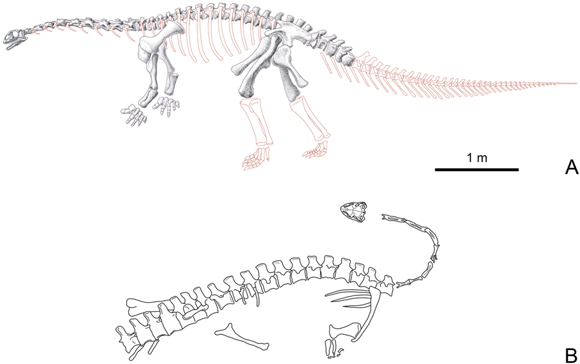
Picture credit: Xiao-Cong Guo (A) and Qian-Nan Zhang (B)
Yizhousaurus sunae – A Significant Discovery
The specimen was collected near Duwafang Village, Chuanjie Town, Lufeng County, (Yunnan Province). The fossils were found back in 2002 and partly reported upon at the Geological Society of America Conference in 2010, where it was described as a basal sauropod. A phylogenetic analysis carried out by the research team places Y. sunae closer to the Eosauropoda (on the way to the sauropod family), than many of the other, similar dinosaurs known from this part of China, such as Lufengosaurus and Yunnanosaurus.
The skull has a lot of characteristics of a sauropod dinosaur, when the bones of the skull are examined phylogenetically without considering the postcranial fossil material, then this dinosaur is placed in a different position on the Sauropodomorpha family tree. Yizhousaurus is described as a sauropodiform, a long-necked dinosaur that is within the Sauropodamorpha clade but not quite a true sauropod, a sort of blurred evolutionary area that incorporates all the dinosaurs that have traits like sauropods but are not direct ancestors of dinosaurs such as Brontosaurus and Apatosaurus.
The Skull and Jaw of Yizhousaurus sunae with Line Drawings
Picture credit: Scientific Reports
Commenting on the significance of the fossil material, one of the paper’s co-authors from the Chinese Academy of Sciences explained that the discovery enriches the diversity of Sauropodiformes and is significant to the studies on the origin and evolution of these types of lizard-hipped, plant-eating dinosaurs. The specimen is currently on display at the museum in Lufeng Dinosaur Valley and the bones represent one of the best-preserved skeletons to have come out of the uppermost layer of the Zhangjiaao Member of the Lower Jurassic Lufeng Formation.
Yizhousaurus sunae – What’s in a Name?
The generic name Yizhou refers to the Chuxiong Yi Autonomous Prefecture of Yunnan Province, where the fossils were found. The specific (trivial) name honours Professor Ai-Ling Sun, for her great contribution to Chinese vertebrate fossils, including those from Lufeng County.
A Drawing of an Early Jurassic Sauropodiform (Based on Lufengosaurus)
Picture credit: Everything Dinosaur
The Development of the Super-sized Sauropods
The transformation from bipedal forms to the super-sized, four-footed sauropods is considered to be linked to a series of complex evolutionary processes related to changes in skeleton size and shape to accommodate a larger gut and changes in the skull to accommodate a shift in feeding behaviour.
Yizhousaurus is characterised by a suite of features, which increases understanding of the anatomical variation on the relatively conservative “prosauropod” skull plan. The skull bones of Yizhousaurus are thickened and robust and the holes in the skull (fenestrae) are smaller and therefore consistent with the skull fenestrae of true sauropods. These features have led to Yizhousaurus being placed closer to the evolutionary base of the Sauropoda when compared to other Sauropodiformes, known from the Lufeng Formation.
The scientific paper: “A New Sauropodiform Dinosaur with a “Sauropodan” Skull from the Lower Jurassic Lufeng Formation of Yunnan Province, China” by Qian-Nan Zhang, Hai-Lu You, Tao Wang & Sankar Chatterjee and published in the journal Scientific Reports.
For dinosaur models visit the Everything Dinosaur website: Everything Dinosaur.


